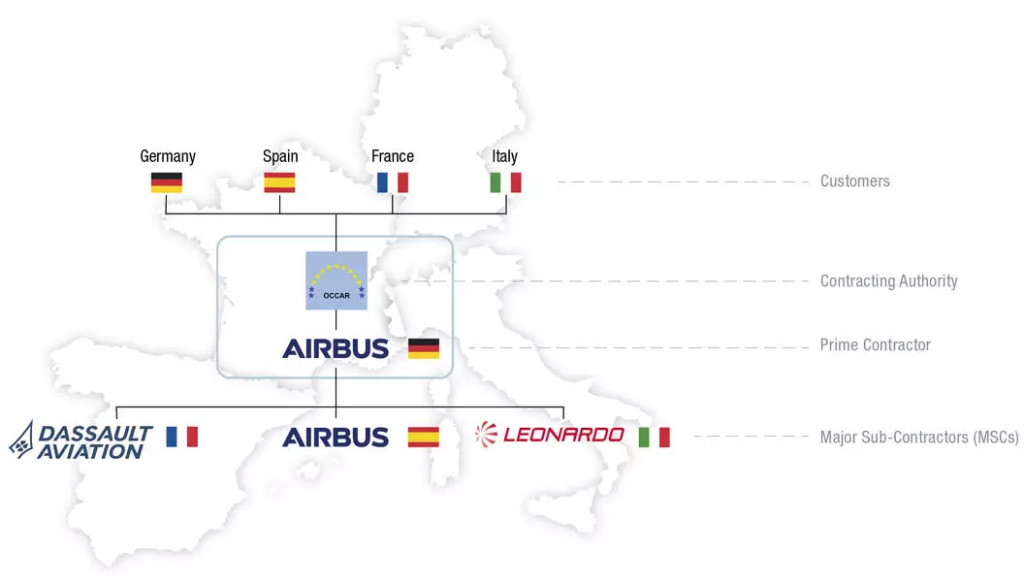Athens (Brussels Morning) The Russian president’s office announced on 3 May that its air defences shot down two drones. Unverified footage circulating on the internet appears to show smoke billowing over the Kremlin, while another video shows a tiny explosion above the site’s Senate building, as two individuals appear to climb the dome.
What once seemed to be a futuristic scenario, of autonomous or AI-driven drones that can carry out political assassinations, is already taking place already. Both nations and companies have already been preparing for this outcome for several years.
Slaughterbots is a 2017 arms-control advocacy video that depicts a fictional near-future scenario in which swarms of low-cost microdrones utilize artificial intelligence and facial recognition software to slaughter political opponents based on pre-programmed criteria.
Ukraine’s President Volodymyr Zelenskyy has denied that his country carried out an alleged drone attack on the Kremlin, which Russia says was an attempt on President Vladimir Putin’s life.
The question now is how Russia will respond to whatever transpired on Wednesday morning. Some officials have already called for harsh measures. Russian generals have repeatedly warned of strong retaliation for any attacks on Russian territory.
However, it is uncertain whether Russia has the capability to carry out substantial retaliatory strikes, or whether this episode would result in any significant escalation on the Ukrainian battlefield.
Sophisticated Assassins
On 3 January 2020, an Iranian major general, Qasem Soleimani, was targeted and killed by a US attack drone near Baghdad International Airport in Iraq while on his way to see Iraqi Prime Minister Adil Abdul-Mahdi.

Unmanned aerial vehicles (UAVs), sometimes known as drones, have grown in popularity in recent years due to their capacity to perform a wide range of activities in a variety of industries. Drones are becoming more frequent in the skies, from monitoring wildlife to delivering items. Drones, however, are not only used for benign causes. Some drones have been created particularly for military use, and the ethical implications of these “killer drones” have aroused major concerns.
US officials justified the Soleimani strike as necessary to prevent a “imminent attack,” but later clarified the legal justification as being taken “in response to an escalating series of attacks…to protect US personnel, deter Iran from conducting or supporting further attacks…and to end Iran’s strategic escalation of attacks…”
These autonomous killing machines are programmed to target and murder victims without the assistance of humans. Small, palm-sized autonomous drones using facial recognition and shaped explosives can be programmed to seek out and eliminate known individuals or classes of individuals.
They have become more popular in modern combat, as they have been utilized in both targeted executions of suspected terrorists and ordinary military operations.
Killer drone proponents say that they are a more effective and efficient way of conducting military operations. They contend that utilizing drones to carry out targeted executions lessens the danger of civilian casualties while also reducing the risk to military troops. They further claim that drones can be taught to obey stringent ethical criteria and that they can be used to carry out tasks that human soldiers would find impossible.
European drone market
European major military powers realised the capabilities of these devices, and have raced to not be left out of the drone market. Customers are not entirely on the same page. Each country envisions a distinct purpose for the drone: Paris needs a weapon to be deployed in Africa’s Sahel region, while Berlin aims to have an advanced surveillance system safeguarding its own borders.
The programme, managed by the international armaments agency OCCAR (Organisation Conjointe de Coopération en Matière d’Armement), promotes European cooperation in the field of security and defence and confirms the initiative to rely more on multinational armament projects. Development, procurement, and operation will be carried out collaboratively, saving money and increasing efficiency.

The Eurodrone could thus succeed in the Euro Hawk project, which failed miserably.
The aim is to conduct the first flight in 2026 and deliver the first aircraft in 2029. Eurodrone is not a common European project, but rather an agreement between four countries.
Since Brussels is not able to impose itself on the states and there is no clear framework, except for citizens, each state is likely to decide on its own about the use of the drone. Others will use it for extended surveillance and to assist the police and border guards’ patrols. Others will use them in regions outside Europe where armed conflicts occur. One thing is certain, as the context is not clear, the only one affected is European Democracy.
Drones are here to stay, despite the debate surrounding their deployment. As technology advances, we should expect to see more and more autonomous killing machines on the battlefield. Society must decide how to govern their use and ensure that they are used responsibly and ethically.



